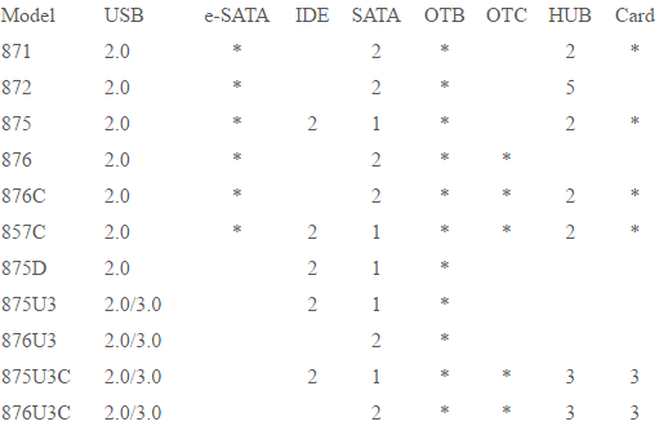
Digitech Docking Station Sata Hdd Drivers
The SDOCK2U33 Dual 2.5/3.5' SATA hard drive docking station lets you dock and swap drives from your desktop or laptop computer simultaneously, using a single USB port. Enhanced with UASP (USB Attached SCSI Protocol), this hard drive docking station lets you get the most out of the fastest drive technologies such as SATA III (6 Gbps), solid state drives (SSD) and hybrid, drives with performance up to 70% faster than conventional USB 3.0 when paired with a UASP-enabled host controller. See our UASP testing results below for further details. The hard drive dock features independent power buttons for each individual drive, ensuring you can operate each hard drive separately.
This gives you the freedom to hot-swap one drive while transferring data to another, saving you time. Extend the value of this hard drive docking station further with the addition of our (SAT2IDEADP), allowing easy insertion of any 2.5 or 3.5in.
IDE hard drive into a SATA hard drive dock. To ensure compatibility with your computer system, the SDOCK2U33 supports all of the leading operating systems, including: Microsoft Windows® (8/7/Vista/XP/Server 2008/Server 2003), Apple® OSX (10.9/10.8/10.7/10.6), Linux, and Google Chrome OS™. SDOCK2U33 is backed by a StarTech.com 2-year warranty and free lifetime technical support. Improved Performance with UASP UASP is supported in Windows 8, Mac OSX (10.8 or above), and Linux. In testing, UASP performs with a 70% faster read speed and 40% faster write speed over traditional USB 3.0 at peak performance. At the same peak in testing UASP also shows an 80% reduction in required processor resources. Testing results were obtained using an Intel® Ivy Bridge system, a UASP-enabled StarTech.com Enclosure, and a SATA III solid state drive.
To determine if your hard drive will work in this device, on the product page, click the Technical Specifications tab, and do the following: • Make sure that the device supports the storage size of your hard drive. If the storage size of your hard drive is larger than what the device was tested with, the hard drive will likely still work with the enclosure.

• Confirm that your hard drive uses the same interface type as the device. For example, IDE, SATA, or M.2. • Make sure that the device supports the physical size of your hard drive, such as 2.5 inches or 3.5 inches.
• Verify that the power consumption of your hard drive doesn’t exceed the power output of the device. If you’re using multiple hard drives, make sure that the combined power consumption of all of the hard drives doesn’t exceed the power output of the docking station. To confirm that Windows detects your USB device, complete the following: • Press the Windows key+ R, type devmgmt.msc, and press Enter. • In Device Manager, under the appropriate heading, confirm that your expansion card is listed and that there isn't an exclamation mark next to it. For example, a USB controller card would be under Universal Serial Bus controllers. Your USB device is listed according to the name of the chipset. To determine the name of the chipset of your USB device, navigate to and look on the Technical Specifications tab for your product.
Items 257 - 272 of 741 - Manual for USB 3.0 & eSATA Drive Housing, 2.5' SATA Drives, Manual for. Download microsoft train simulator indian railways full version online. Station, Manual for the USB 3.0 Docking & Cloning Station. With digitech sata digitech sata hdd docking station driver docking station driver download for Mac you can assign physical keys on your Mac to control Web-based media players. If still no digimicro usb digital microscope driver, the docking station may be faulty.
To confirm that the Mac OS detects your USB device, complete the following: • Click the Apple icon. • Click About This Mac. • Click More Info or System Report. • Under the appropriate heading, confirm that your USB device is listed and that there isn't an error. For example, a network card would be under Ethernet Cards. You may need to refresh the System Information page after you plug in your device. To do so, press Command + R with the System Information page open. Your USB device is listed according to the name of the chipset.